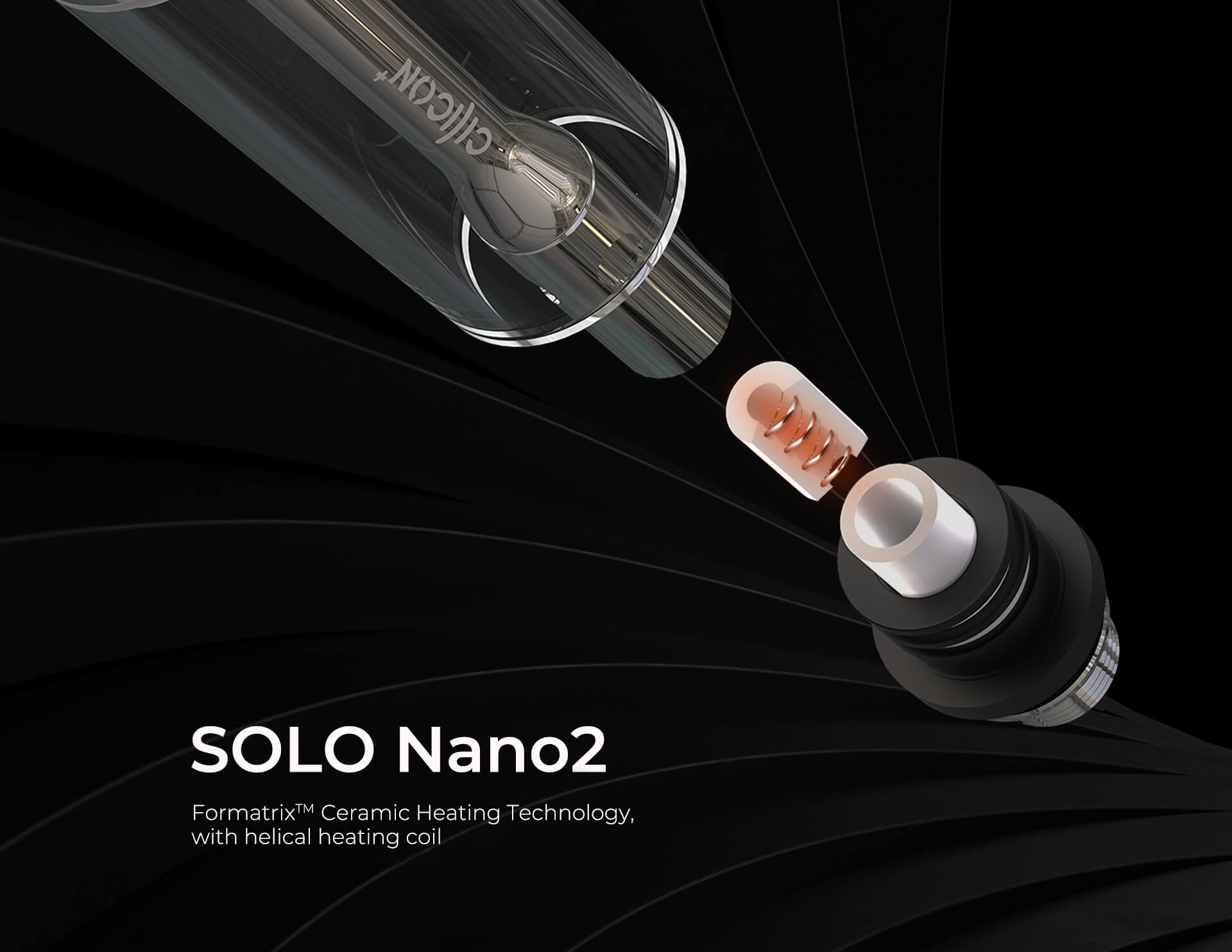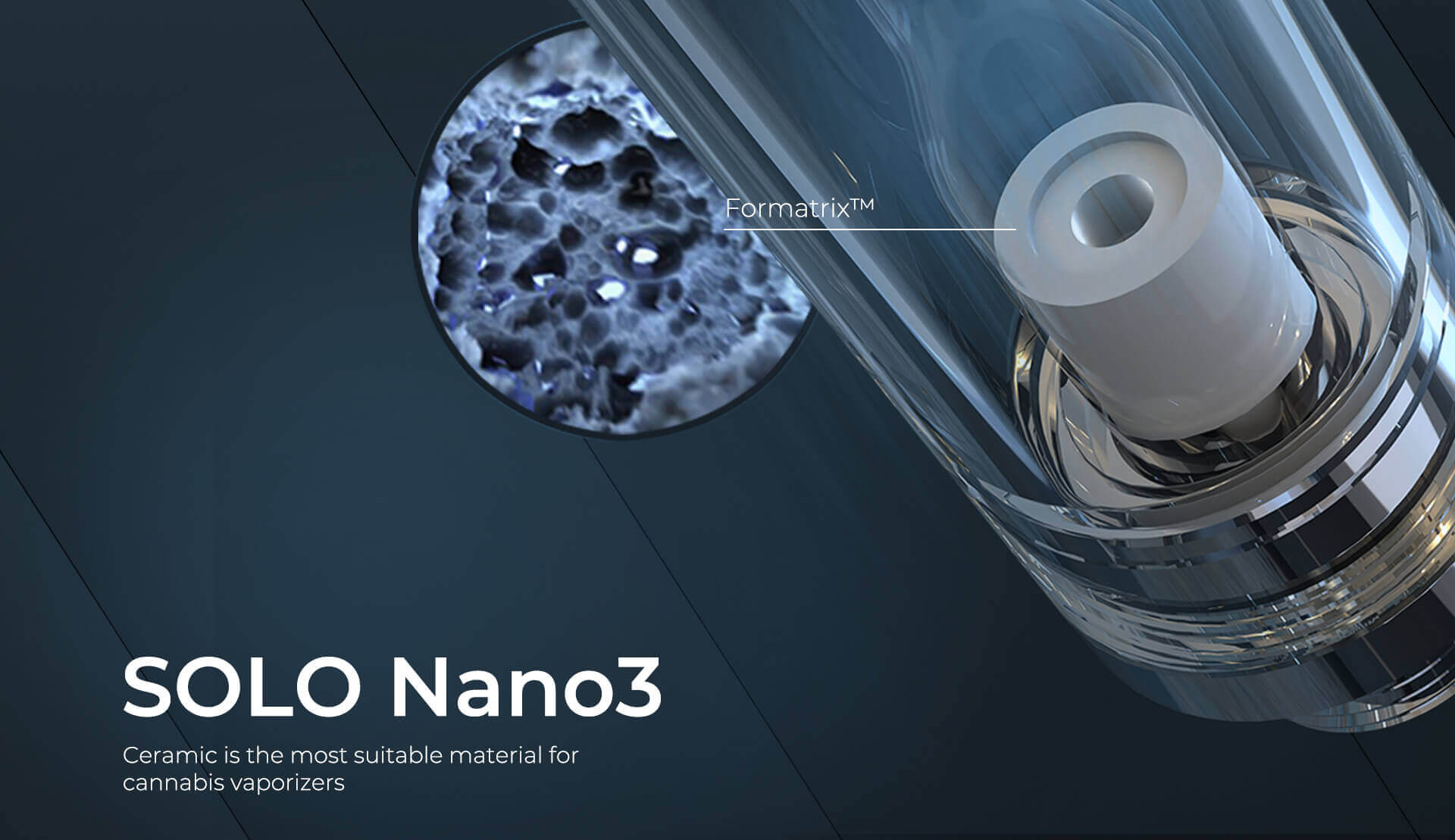Heating Elements are the Core of Vaporizer Devices
With the uprising of the vaporizer devices, which constantly become more buoyant and enjoyable, more people have shifted from traditional cigarettes to vape devices. Because of this trend, cannabis enjoyers use vape devices without knowing the technical details and intricacy of their devices. Just like athletes, they can give their best performance only with the best sports equipment there is. In order to produce a great and satisfying puff, vapers also need to understand and maintain their device very well. The heating element, known as the heating element, generally consists of a coil and wick. The heating element receives its energy from the battery, generating enough heat to convert the CBD/THC oil into a vapor that the user can later inhale. Various types of materials also create the coil inside the vaporizer heating elements. The most common materials include metal, quartz, and even ceramic. Before we get into what material is best for vapers, let’s look at the different types of materials. Then we break down their characteristics and the advantages of using them.

SOLO Nano2
Type of Metal Heating Elements
The metal heating element is the most common material that is used in many older generations of vaporizers. Despite its commonality, the technology behind the metal heating element has evolved since the first introduction of e-cigarettes, and it has become the standard material used in many generations of vape devices. The metal used for the heating coil is also differentiated into several types:
#1 Kanthal
Kanthal is one of the most popular types of alloy that is used on vaporizer heating coils. Kanthal can be easily malleable but also retains its shape very well. Because of its affordability and lower oxidation rate, it is recommended for beginners who do not want to deal with a delicate and complicated heating element. While being convenient, Kanthal also has its demerits. It cannot be used in temperature control mods, has a slower ramp-up time, and produces a dull flavor while vaping.
#2 NiChrome
NiChrome is made of nickel and chromium. Nichrome is suitable for vapers who enjoy making clouds of vapor. Its ability to heat up quickly makes vapers to be able to enjoy their device almost in an instant. However, the drawback of NiChrome is that it is harmful to people with a nickel allergy and burns quicker than Kanthal. Thus, it is not advisable for beginner vapers.
#3 Stainless steel
Stainless steel wires hold the rank as the most superior metal used in the heating element. Its characteristics are great for enhancing flavor, longer durability and corrosion-resistant compared to other metals and cost-effective pricing. Those factors have become the key determinants behind people’s choice to use them. But stainless steel also comes with several shortcomings, such as low heating rate. Thus, stainless steel are often used as central tube material, which is not easy to react with corrosive cannabis oil and be able to distribute and absorb heat slowly.
#4 Nickel
Nickel will be the most suitable metal type for those seeking the lowest boiling point. Nickel is excellent if it is integrated with vape devices with a temperature control unit, but nickel hardly maintains its shape and has lower heat resistance which may often cause overheating.
#5 Titanium
The elasticity and flexibility of quick temperature adjustment are the two primary points many people love titanium. Titanium is not recommended for vapers as it contains toxic compounds and will harm its user if burnt during the atomizing process.
Quartz Heating Elements
Aside from metal, Quartz is also a popular material for vape coils. People love using the heating element with quartz coils because it heats up quickly. Quartz coils only take about 5 seconds to achieve their ideal temperature. They are made of medical-grade material that will protect their users from inhaling any carcinogenic gases. More importantly, they produce higher amounts of vapor due to their lower boiling point. Like any other material, Quartz also has flaws, such as its frail characteristic, lack of heat retention that leads to power inefficiency that drains the device’s battery, and overheating issues that can be overwhelming for novices.
Ceramic’s Benefits and Drawbacks
Ceramic heating elements have become the standard of modern-day vaporizer technology. Their ability to deliver the purest vapor flavor has captured the hearts of many cannabis vapers. Ceramics tend to have better resistance to heat than metals or quartz, resulting in a longer lifespan than other types of heating coils. Ceramic materials also made of a porous nature, making the cannabis oil that passes through them particularly well and offering a super smooth draw.
Ceramic coils are different because they do not contain wick, which is generally found in other types of coils. Hence, the users will have less chance of getting an unpleasant burnt aftertaste during dry hits. Because of its porous characteristic, ceramic will be designed at a balanced rate of absorbing cannabis oil before it reaches the vaper’s mouth. The small pores of the ceramic will also make the juice more difficult to be adhesive around the coil.
Ceramic is recommended for people who are looking for a clean and smooth cannabis vaping experience. Ceramic coils can also improve the flavor of the consumed oil as ceramic does not contain chemicals or materials that may contaminate CBD/THC oil. On the other hand, metals tend to produce an aftertaste that seasoned vapers can easily identify. Meanwhile, ceramic coil vape users report an improvement in flavor aspect during the inhalation process as the material help to control how much oil is converted to vapor.
Besides the wonderful benefits that ceramic gives, just like the other materials, ceramic also has its impediment as there is very limited diversity in the types of a vaporizer oil tanks in the market. Many manufacturers are still hesitant to integrate their products with ceramic heating material, which has caused the novelty of ceramic vaporizers. The fantastic flavor ceramic-based vaporizers produce is significantly affected by the amount of oil vaporized during the intake. With a ceramic coil, vapers need to consider that their CBD oil will become depleted quickly.

SOLO Nano3
Enjoy Your Cannabis Safely with Cilicon
After looking at each material’s strengths and weaknesses, we believe ceramic will be the best fit for your cannabis vaporizers. As it will not only absorb cannabis oil at a proper rate but will also improve the flavor of the cannabis oil vaporized. Even though it is challenging for cannabis enthusiasts to seek a manufacturer that makes a ceramic heating element vaporizer, you shall not worry! Cilicon provides the solution to the issue. We take the initiative in producing an ideal ceramic heating element as a thermal conductor that is based on unique specifications and precision design to offer you a heavenly vaping experience. Our ceramic technology can also withstand high-temperature dissolution and high sintering temperatures up to 1200 °C and has undergone over 20000+ tests to prove its capability in heat distribution. This astonishing technology is combined with our BioBaleenTM technology, which serves as double insurance for its users from inhaling harmful substances from the remaining oil residue and reducing spit-back issues by 99%. Cilicon guarantees your safety and satisfaction!